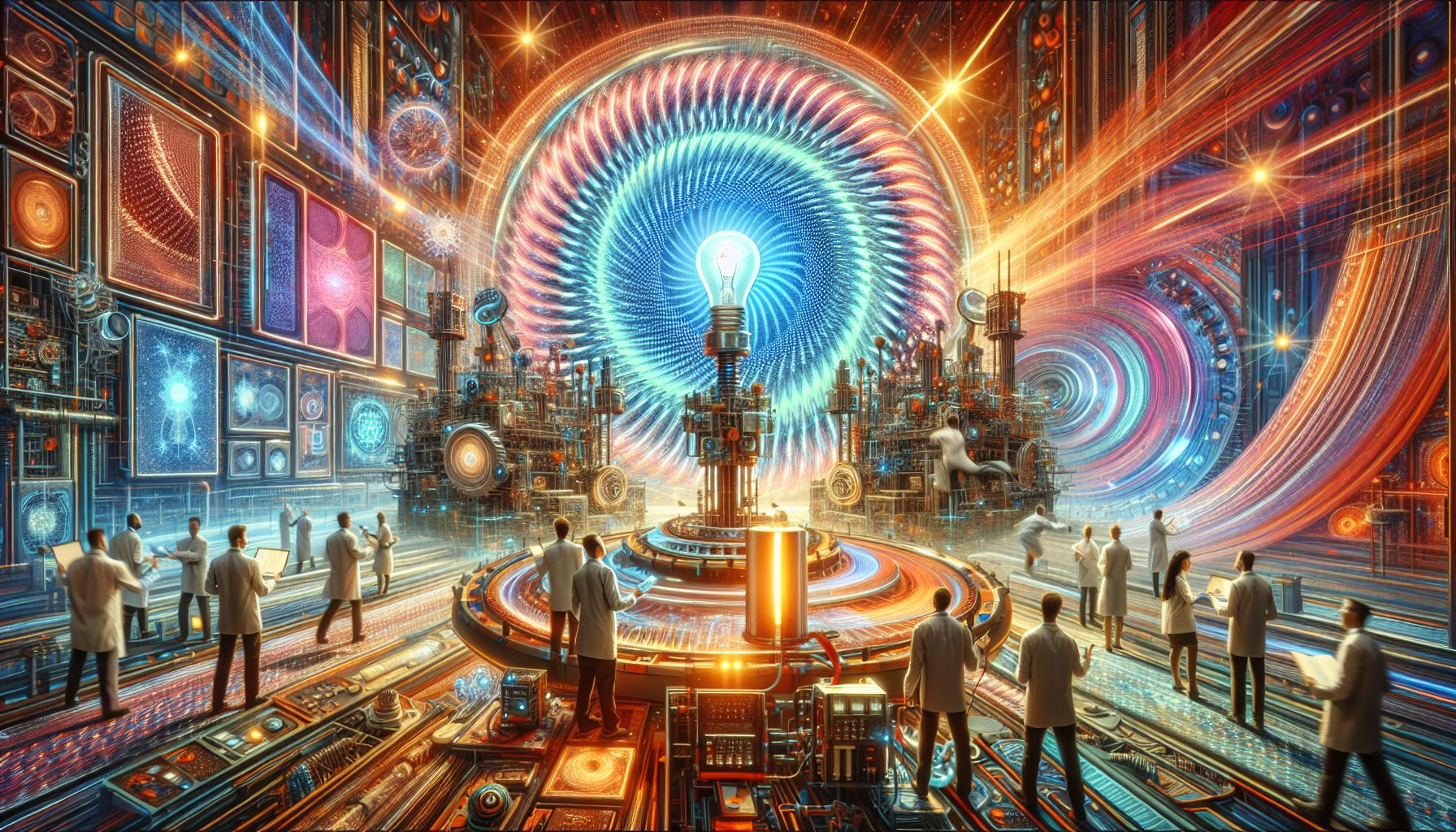TU Delft's Breakthrough in Spinning Light Technology Revolutionizes Future Electronics

Delft, Friday, 14 March 2025.
Researchers at TU Delft have made pivotal advancements with spinning twisted light, poised to revolutionize electronics by reducing energy waste and enhancing display efficiency. This marks a significant leap in organic semiconductor applications.
Groundbreaking Chiral Semiconductor Technology
At the heart of this innovation lies a revolutionary organic semiconductor technology called chiral semiconductors, which has been developed through extensive research at TU Eindhoven (TU/e). The technology utilizes triazatruxene (TAT), a sophisticated material that self-assembles into helical stacks, enabling electrons to spiral along its structure [1]. This breakthrough addresses a long-standing challenge in the semiconductor industry, which is currently valued at over $60 billion [1].
Enhanced Display Efficiency and Performance
The technological advancement demonstrates remarkable practical applications, particularly in display technology. When exposed to blue or ultraviolet light, the TAT material emits bright green light with strong circular polarization, a feature that has proven elusive in semiconductor development until now [1]. According to co-first author Marco Preuß from TU/e, the team has successfully incorporated this technology into working circularly polarized OLEDs (CP-OLEDs), achieving unprecedented levels of efficiency, brightness, and polarization [1].
Collaborative Innovation and Future Applications
This development emerges from a decades-long collaboration between research teams, showcasing the power of international scientific cooperation. Professor Bert Meijer from the Eindhoven University of Technology emphasizes the significance of this achievement, noting that they have successfully coupled structural chirality with electron motion at an unprecedented level [1]. The implications extend beyond display technology, with potential applications in quantum computing and spintronics, supported in part by the European Union’s Marie Curie Training Network and the European Research Council [1].

